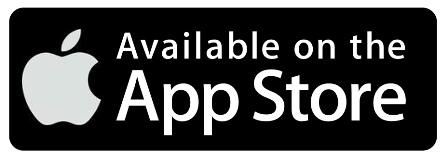That’s a great question. Each registered plan has its own features and benefits. Let’s break it down:
FHSA |
TFSA |
RRSP |
| Can be used to save for your first home |
Can be used to save for any goal |
Can be used to save for retirement, education or your first home |
|
You do not need taxable income to accumulate contribution room |
You do not need taxable income to accumulate contribution room |
You do need taxable income to accumulate contribution room |
| Contributions are tax deductible |
Contributions are not tax deductible |
Contributions are tax deductible |
| Withdrawals are tax free if they’re made to buy a qualifying home |
Withdrawals are tax free any time for any purpose |
Withdrawals are taxed in the year they’re made1 |
| You can start contributing at age 18, for up to 15 years2 |
You can start contributing at age 18 |
You can contribute up until the end of year you turn 71 |
1 - Except if the withdrawal is made as part of the Home Buyer’s Plan (HBP) and Lifelong Learning Plan (LLP) which are not taxed provided they are repaid within the required time.
2 - However, you don’t start accumulating contribution room until you open an FHSA account.












